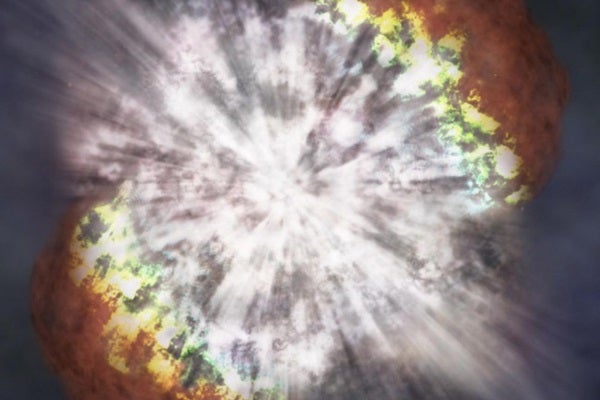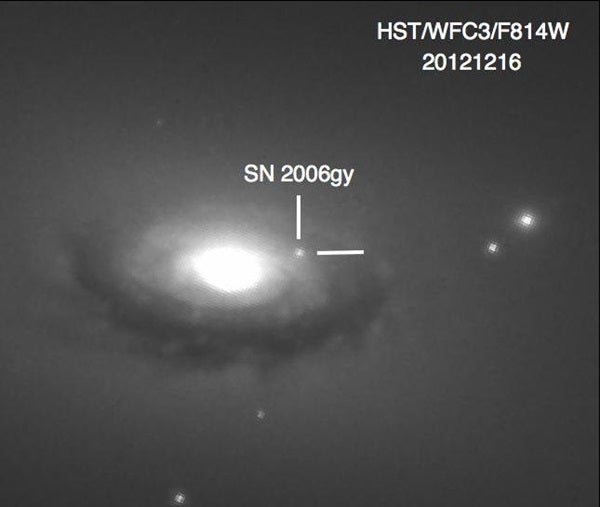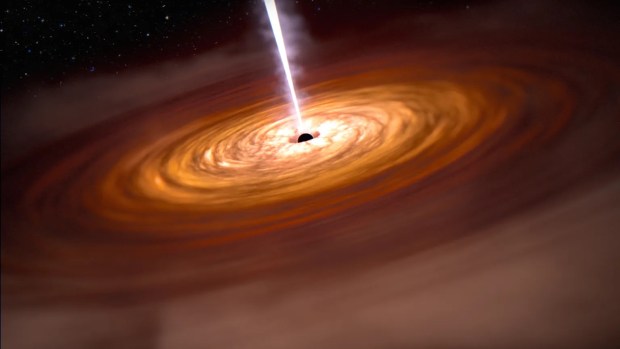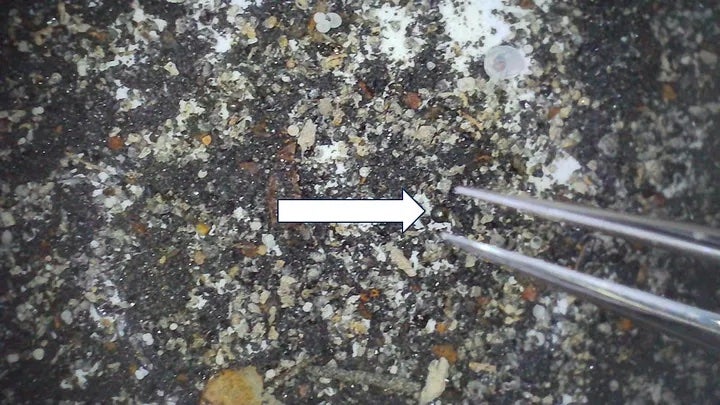Now, a team of researchers has proposed an origin story for one of these superluminous supernovae, SN 2006gy. They suggest that the explosion happened in a binary star system when a small, dense white dwarf star spiraled into the core of its giant star companion.
The researchers present their findings in a new paper published Jan. 23 in Science.
A strange explosion
In 2006, astronomers spotted a superluminous supernova, dubbed SN 2006gy, that was the brightest they’d ever seen at the time.
Later, a group of researchers led by Koji Kawabata, now at Hiroshima University in Japan, managed to capture a detailed picture of the light the supernova was emitting at various wavelengths, or colors. They saw that SN 2006gy was emitting light in combinations of wavelengths that hadn’t been seen in supernovae before.
“It was kind of a very exciting mystery,” said Anders Jerkstrand, an astronomer at Stockholm University. He teamed up with Kawabata and another researcher to figure out what was going on and write the new paper.
A new explanation
By modeling what elements could have produced the wavelengths of light SN 2006gy emitted, the team found that the stellar explosion must have contained iron — and a lot of it. Finding so much iron means the star that exploded was a white dwarf and not a large, massive star that collapsed explosively.
The wavelengths of light SN 2006gy emitted also showed that the explosion must have rammed into and interacted with a slower-moving shell of gassy material around it, as other astronomers had previously pointed out. The collision with the surrounding material likely causes the explosion to convert a lot of its energy into light and produce such a bright supernova, Jerkstrand said.
But the team found that the gassy material must have been released outward only 100 years or so before the supernova explosion — barely any time at all, on astronomical scales. Either it’s a coincidence that the shell of gases was ejected just before the supernova explosion, or the two phenomena are somehow linked.
So the team came up with a scenario to explain both events. A dense white dwarf and a giant star with a stretched-out, gassy atmosphere orbit each other in a binary system. The two stars are close enough that the white dwarf orbits inside the giant star’s gaseous outer layers. The resulting drag sends the white dwarf spiraling in toward the larger star’s core and also pushes gassy material outward.
If the white dwarf colliding into the larger star’s core caused the supernova, the explosion would interact with the ejected gas on its way out, as astronomers observed. But the team can’t yet say that this is the case with SN 2006gy, because they don’t know for sure that the inspiraling would lead to the white dwarf’s explosion.
“What we are saying is that if that happens, you get a supernova that looks just like 2006gy,” Jerkstrand said.











